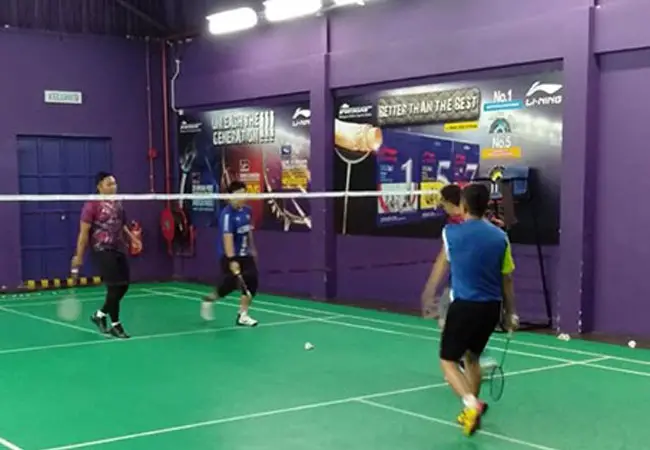Experimentation isn’t just for scientists, badminton players can achieve serious benefits from experimentation. Sure, it’s important to start somewhere, but how do we go about improving that system? Experimentation. To help illustrate the value that can be gained with experimenting in your game I’m going to use manufacturing as an example.

The Japanese are world-renowned for their manufacturing, specifically their ability to produce high volumes of goods with low defect rates. The more units of good you’re producing the more likely that your system is going to break down and faults begin to show.
To compare this to badminton I would say that the higher level you play, the faster you and your opponents play, and the harder you both hit, the more likely you both are to make errors. It’s hard for us to keep up, so this is where it’s important to experiment with ways to improve your game.
Now, back to the Japanese and their manufacturing. They created a philosophy called “Kaizen” which means “improvement” or “change for the better”. It’s a process of continual improvement of processes. This not only means improving your existing processes but deciding if certain processes can be removed altogether.
In badminton, we tend to play in patterns because certain sequences of shots tend to go well together (ie smash, run to the net and kill), but sometimes we find ourselves running patterns simply because we’ve developed a habit that we do without thinking about the effectiveness of that pattern anymore.
This doesn’t just apply to patterns either, it can apply to single shots as well. Here are some examples from my own playing experience.
I’m at the stage in my game where experimentation is increasingly important because my body isn’t what it used to be. Playing against 18-year-olds who run forever I have to be creative and find ways to dictate the rally and keep them off balance.
When we’re taught to hit our smashes we are instructed to contact the shuttle as high as possible and to hit the shuttle with as much angle as possible. This makes sense logically, however, it can really throw your opponent off if you mix things up.
I began waiting for the shuttle to fall a little bit further, hitting it much flatter than usual. This causes the shuttle to land several feet further back than my opponent expects, and it passes them at a much higher point. A similar tactic can be employed in doubles where you deliberately aim higher on your opponent’s body as they are bent over expecting a steep smash.
As for experimentation with patterns go, your options are endless. Fairly early in the first game between two people who haven’t played each other before you will start to see patterns develop. With opponents who have played each other a few times before they will start off almost instantly with clear patterns.
Patterns can be good, and bad for you depending on how well you take advantage of them and how well you adapt. If you adapt well to your opponent’s patterns you can begin to anticipate their shots and counter effectively. If you can adapt your own patterns to keep your opponent guessing, that’s also great.
If you like to hit a slice and follow up with a push from the net, you could try mixing it up by switching the push with a deceptive net shot (ie pretend you are going to push, and then drop). I know this is hard to illustrate in written form.
The point of all this is to be willing to take some losses early on in the hopes of developing a more complete game in the future. I may not be nearly as fast or fit as I used to be, but I am far more tricky and control my matches much better. Go ahead, try some experimenting with your game as well and let us know in the comments some of your ideas or frustrations.
Read also:
